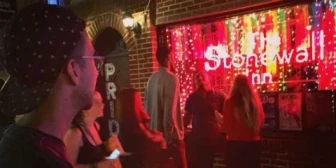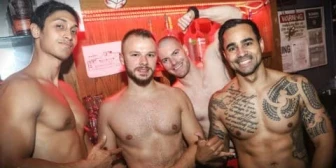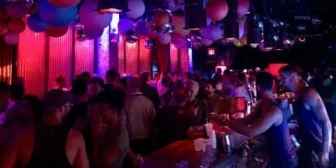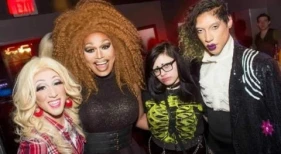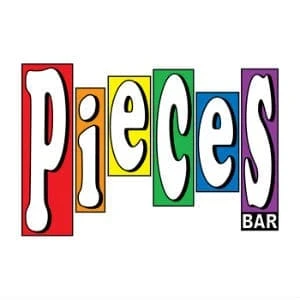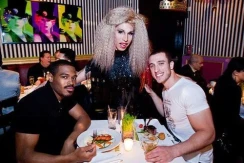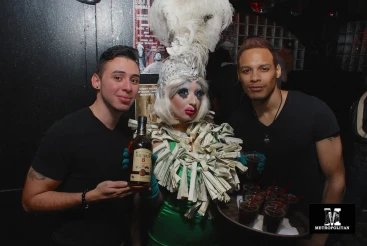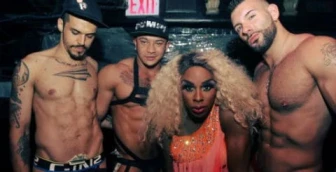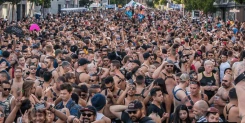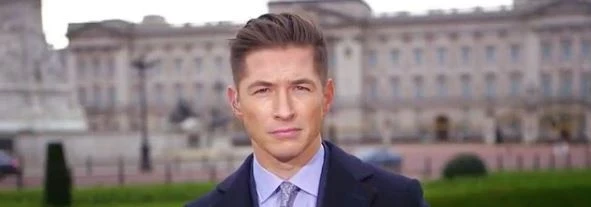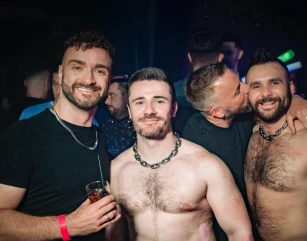
How The Eagle became the ultimate gay fetish bar
With locations in cities like Berlin, London, and Toronto, the Eagle venues remain at the forefront of the fetish and kink scene.
No Comments Found
Comments / Reviews are the subjective opinion of Travel Gay users, not of Travel Gay.
Join the Travel Gay Newsletter
What's On Today
More Gay Travel News, Interviews and Features
More Gay New York City
Best Gay Bars in New York City The Best Gay Friendly Hotels in New York
The Best Gay Friendly Hotels in New York Gay Saunas in New York City
Gay Saunas in New York City Gay New York Guesthouses and B&Bs
Gay New York Guesthouses and B&Bs Brooklyn Gay Bars
Brooklyn Gay Bars New York City Lesbian Bars
New York City Lesbian Bars Queens Gay Bars
Queens Gay Bars New York City Gay Dance Clubs
New York City Gay Dance Clubs New York City Gay Cruise Clubs
New York City Gay Cruise Clubs The Best Gay Friendly Luxury Hotels in New York
The Best Gay Friendly Luxury Hotels in New York New York City Gay Culture
New York City Gay Culture New York Gay Beaches
New York Gay Beaches New York Gay Shops
New York Gay Shops New York City Gay Massage
New York City Gay Massage
